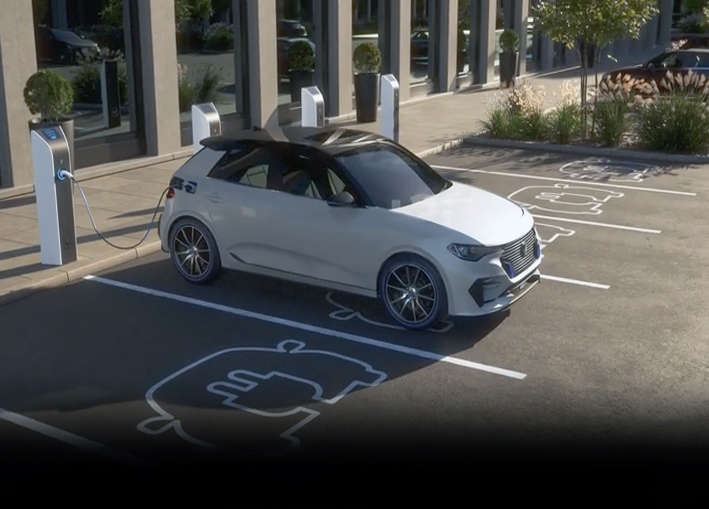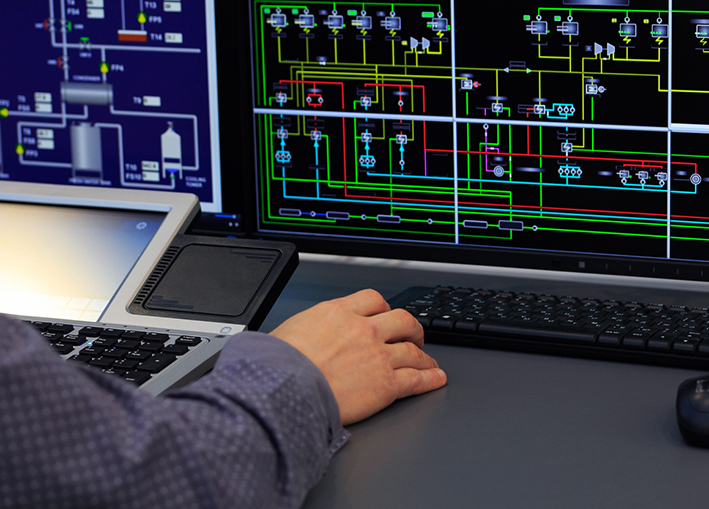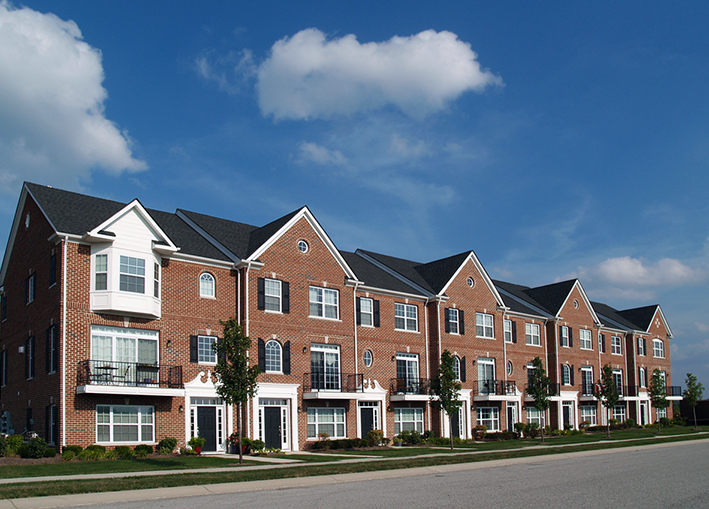Do the lights at your commercial premises flicker or dim on their own? Do the breakers in your electrical circuits keep blowing every few weeks or months? Such instances may indicate that your breaker panel or fuse box is improperly balanced, or incorrectly configured (does not provide sufficient amps). Without a proper upgrade, your electrical equipment or machinery may not perform optimally, and is at risk of damage due to overheating of components.
The highly qualified and experienced electricians at J&S Electrical Contractors, Inc. offer useful insights on breaker panels, and the importance of proper electric service to feed commercial premises.
The Basics of Electrical Panels and AMPs
Breaker Panel Essentials: The breaker panel is the heart of your electrical system. Its primary function is to receive large incoming electric supply from the utility company, and distribute it throughout your building or premises in the form of smaller protected feeds. The panel board has two sides, a main service breaker, and a series of circuit breakers that control the flow of power to various circuits in your commercial premises. Each branch circuit serves a dedicated appliance or machinery (that requires heavy electrical loads), or a number of devices, lights, or power outlets.
Breaker Panel Balancing: The two sides of the panel should bear an almost equal electrical load through even placement of the circuits and pole breakers. If your breaker panel is unbalanced, it means that one side of the panel is drawing or distributing significantly more power than the other side. This could lead to overloading of the panel, which in turn could cause electrical devices to overheat, under-perform, or stop working completely. Outages in your core electrical appliances could directly impact your business delivery, credibility, and profitability.
Circuit Breaker Amperage: Amperage is a measurement of electricity. Higher the number of amps, greater the amount of electricity you can use. Each circuit breaker has an amperage rating that helps in calculating the load balancing of the breaker panel or fuse box. It indicates the maximum load your breaker can handle, before it automatically shuts off to prevent overload-related damage. Single-pole breakers are 15 to 20 amps, and provide 120-volts to a circuit, whereas, double-pole breakers usually range from 30 to 50 amps and supply 240-volts to a circuit.
Breaker Panel Sizing: Wattage is the amount of electrical supply needed by your electrical equipment and devices. Achieving the right wattage requires a careful configuration of voltage and amperage. Simply put,
Voltage x Amperage = Wattage
For example, a cooking range in a commercial kitchen uses approximately 3000 watts of power on a high setting. Which means, a 240-volt power supply with a 12.5 amps circuit breaker will deliver the required amount of electricity for your equipment to function optimally.
Article 220 of the 2005 National Electric Code (NEC) sets detailed and strict guidelines and codes for appropriate amperage estimation for commercial premises in the US. While residential use requirements range from 100 amps to 200 amps, commercial properties may need a higher amperage depending on the nature of the business, and the number and type of electrical devices in use. Calculating the minimum service size would typically involve:
- Step 1: Add up the total wattage requirement based on the devices and machinery at your premises
- Step 2: Account for the first 10 kilowatt at 100%, and use a 40% demand factor for the rest
- Step 3: Divide this calculated wattage number by 240-volts to convert it to amps
For example, let’s assume your total wattage requirement across devices, equipment, power outlets, and lights for a mid-sized business location is 250,000. As per step 2, your calculated wattage will be (10,000 x 100%) + (240,000 x 40%) = 106,000 watts. If you divide that by 240-volts, the minimum amperage you need will be approximately 440 amps.
However, these calculations are not as simple as they appear in the above example, and require the expertise of a qualified electrician. As a general rule of thumb:
- 100-amps serves a cooking range, water heater and general lighting, and receptacle outlets for residential premises that primarily uses gas-powered appliances.
- 200-amps will take care of all the above equipment plus a dryer, water heater, and electric heating system.
- 400-amps can serve larger residences or small commercial premises that require over 20kW of electric heat plus all the above appliances and devices.
Comprehensive Electrical Services by Licensed Commercial Electricians
At J&S Electrical Contractors, Inc., we offer the full spectrum of commercial electrical services. Our integrated team of engineers and electricians combine their design, engineering and construction knowledge to configure high-efficiency electrical systems for new, as well as existing commercial premises. Our experts will inspect your premises, understand your current and future wattage requirements, and estimate the right amperage and related circuitry. We ensure that your electrical systems are up to code, and comply with any other applicable laws and guidelines stated by the city, state, regulatory bodies, or insurance companies.
In addition to our extensive suite of services, we offer preventative maintenance services, prompt repairs, and 24×7 emergency support. Businesses in and around New Jersey, Pennsylvania and Delaware have relied on us for all their commercial electrical requirements for over 25 years.
For affordable, reliable, energy-efficient, electrical solutions get in touch with the experts at J&S Electrical Contractors, Inc. Call 215-633-8330 or contact us online for a free quote.




